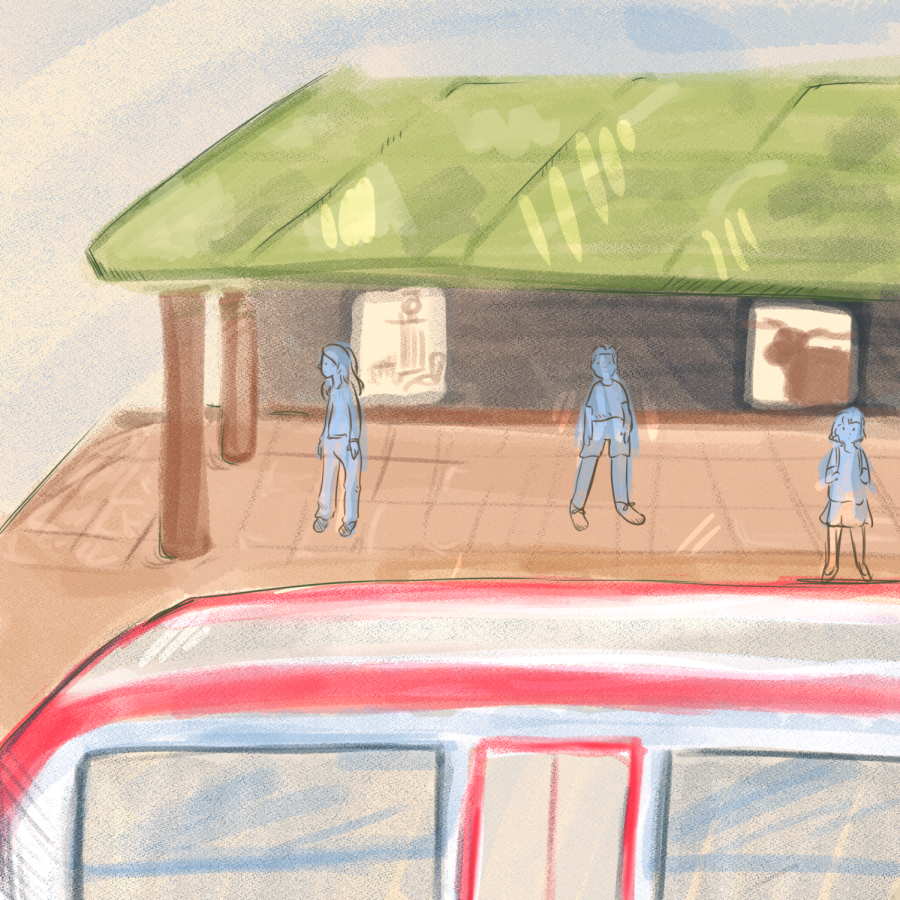TxDOT’s proposed plans for passenger trains could improve travel for Texas Triangle
April 20, 2023
The Texas Department of Transportation announced their hope to build passenger trains connecting Dallas-Fort Worth, San Antonio and Houston during a conference in Dallas earlier this month.
According to Texas Rail Advocates, TxDOT applied for three corridor identification programs, the first step in the long process of building passenger trains. If approved, the Federal Railway Administration would grant $500,000 in funding for each corridor.
Marc Magliari, senior public relations manager at Amtrak, a long-time partner of TxDOT, said this is the most exciting time since the day Amtrak was created.
“There’s been a lot of growth, particularly in the south and west in the last 50 years or so,” Magliari said. “The map has not kept pace with that, because there hasn’t been funding to keep pace for it. But now there is.”
Texas’ current highway system does not meet the transportation needs of Texans, Magliari said, therefore Amtrak and TxDOT want to fill the need with more trains.
Currently, only six Amtrak trains go through Houston on a weekly basis.
“The highways just simply can’t accommodate all of the demand there (is),” Magliari said. “You can take existing rail infrastructure and improve it and give people another travel choice, where they can be productive while traveling versus just staring through their windshield.”
Andriy Malyshchak, an advisor for Texas Guadaloop, an organization researching more sustainable transportation, said he uses the current Amtrak line to travel to his hometown in North Texas, citing lower cost and carbon impact.
“It’s getting a lot easier to use transportation options,” aerospace engineering freshman Malyshchak said. “It’s for the best benefit of everyone.”
Magliari said improving upon existing infrastructure would be more environmentally friendly than creating more highways.
“The roads are only so wide and you can’t build your way out of the transportation gridlock we have with roads,” Magliari said. “It’s impractical and in some places impossible.”
A 2018 TxDOT analysis found 0.48% of global greenhouse gas emissions come from Texas roads. An update to the study is expected this summer.
“It’s a necessity,” Malyshchak said. “I’m not super environmentally focused, but I am focusing on how I can do things sustainably.”



